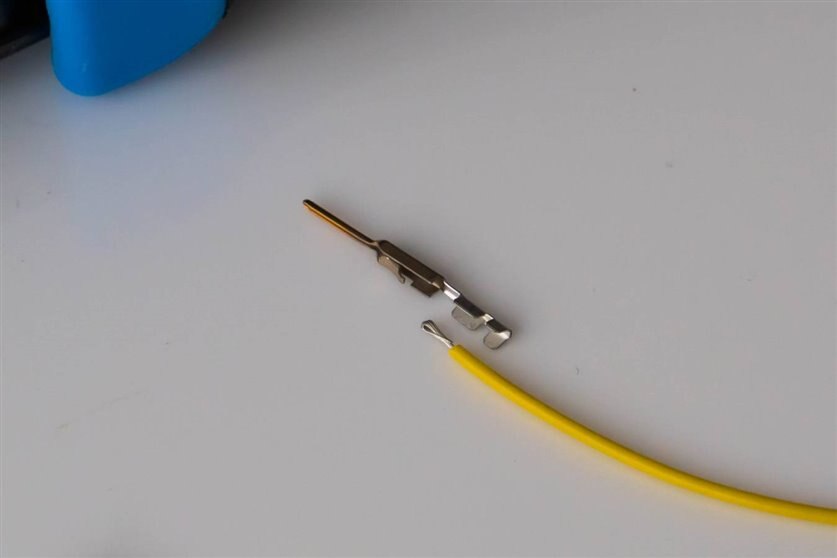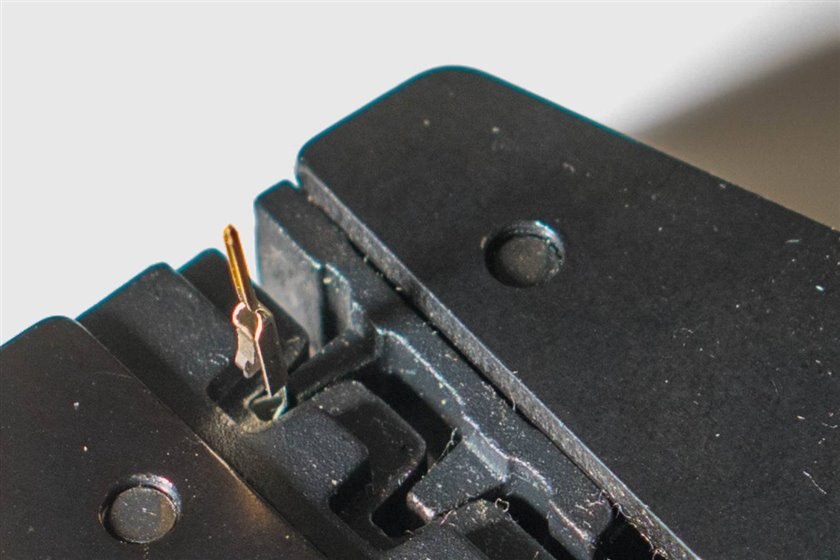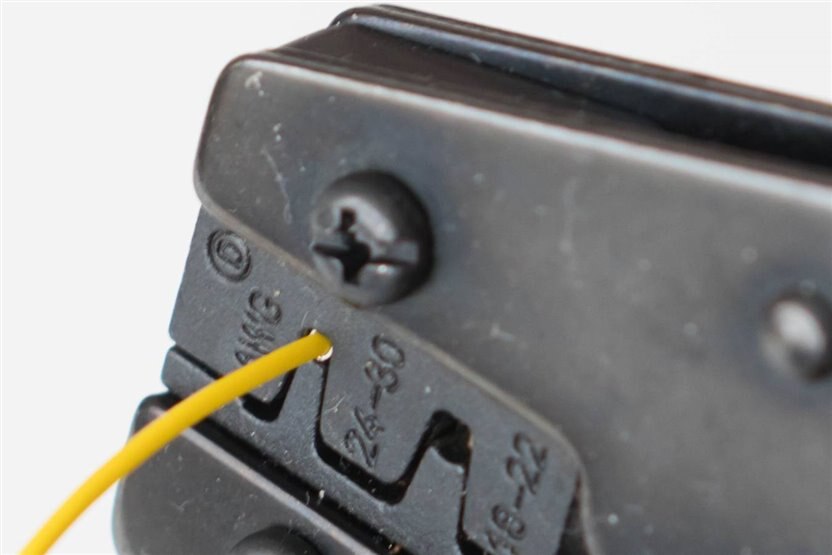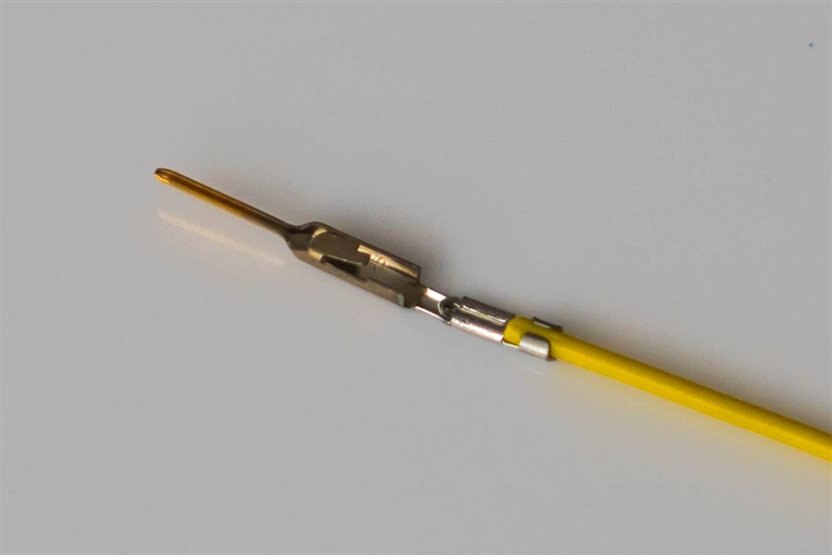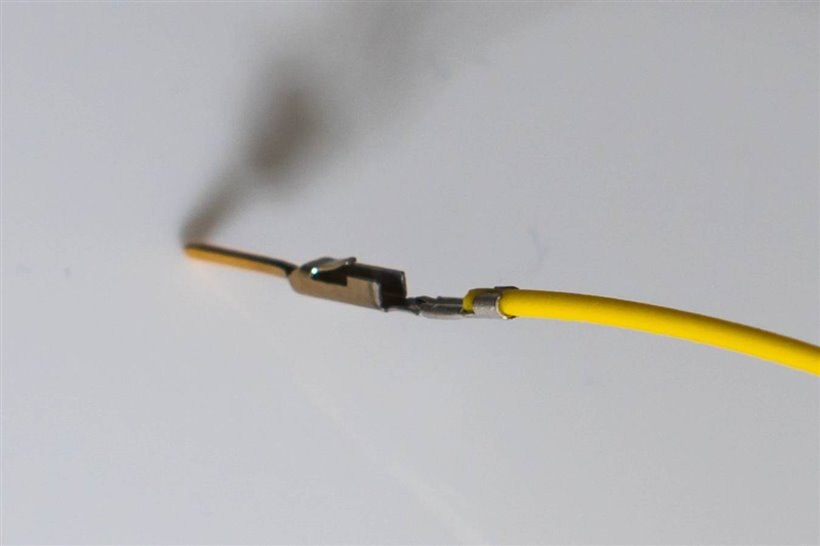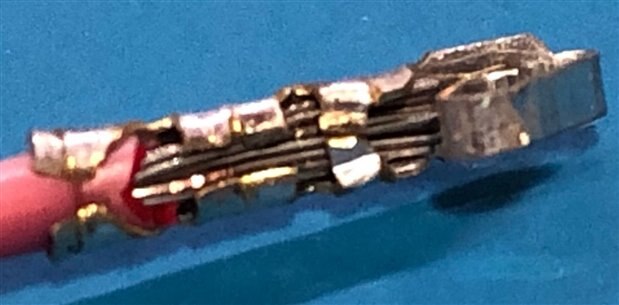What’s the generic term for the single pin crimp terminal to stick on the end of a wire in order to push into an Arduino header socket? I’m used to the term Dupont connector but this isn’t a search term recognised by Farnell or CPC and there seems to be a fair mix of crimp terminals that may or may not be correct.



